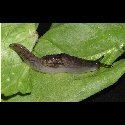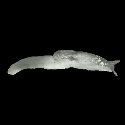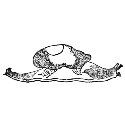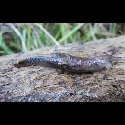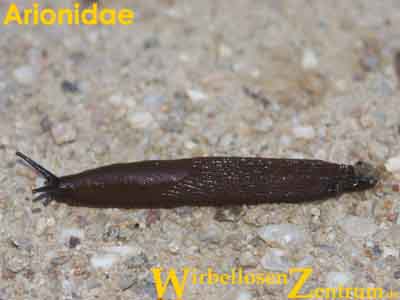Binneyidae
Hemphillia glandulosa
The Binneyidae are a small family of nudibranchs from the suborder of terrestrial snails ( gastropod ). Currently, about ten species and subspecies are known. Probably the oldest representative of the Binneyidae originate from the Upper Eocene / Oligocene ( Paleogene ) of Montana and British Columbia.
Features
The representatives of the family have the body only partially reduced. It has only a few turns, is flat - ear -shaped or platy and mostly not from the mantle covers. It sits on the back, but the animal can no longer retract into the housing in the adult stage. The condition may be referred to as a "half slugs " stage. The visceral sac is on the back of a humpback or extends into this hump, but not in the tail behind the cladding. The sole is undivided or divided into three parts. Pharyngeal muscles and Tentakelretraktormuskeln run together at the back which are attached to the diaphragm. The genital apparatus is located at the posterior end of the visceral cavity. Penis and epiphallus are developing normally.
Geographical distribution
The few species of the family are found exclusively in the northwestern and western North America. Occurrences are known from the Columbia River region (Oregon ), Vancouver Iceland, western Montana, Channel Islands (California ) and Baja California ( Baja California).
System
Schileyko (2007) leads the taxon as a subfamily of the slugs ( Arionidae ). The Binneyidae family contains only three genera, of which the position of a genus in this family is still questionable.
- Family Binneyidae Cockerell, 1891 Genus Binneya Cooper, 1863 ( with the subgenera Binneya ( Binneya ) Cooper, 1863 and Binneya ( Allothyra ) Pilsbry, 1948)
- Genus Hemphillia Bland & Binney, 1872
- Genus? Gliabates Webb, 1959



